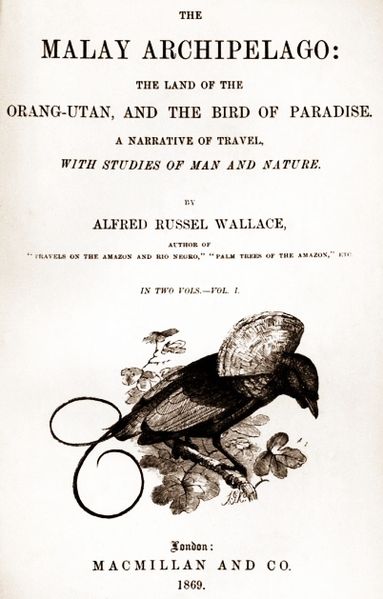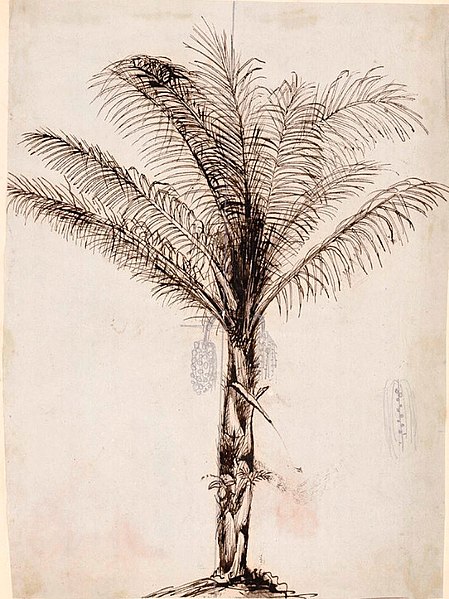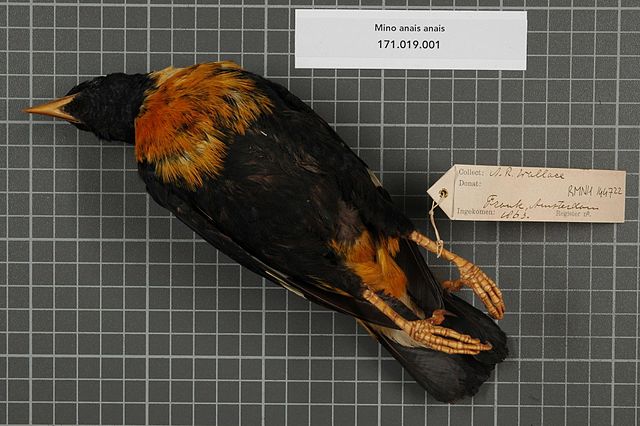The Malay Archipelago is a book by the British naturalist Alfred Russel Wallace which chronicles his scientific exploration, during the eight-year period 1854 to 1862, of the southern portion of the Malay Archipelago including Malaysia, Singapore, the islands of Indonesia, then known as the Dutch East Indies, and the island of New Guinea. It was published in two volumes in 1869, delayed by Wallace's ill health and the work needed to describe the many specimens he brought home. The book went through ten editions in the nineteenth century; it has been reprinted many times since, and has been translated into at least twelve languages.
Title page of first edition
Treeps, Hurstpierpoint, the house where The Malay Archipelago was largely written
"The Great Shielded Grasshopper" drawn and signed by E. W. Robinson
"Remarkable Beetles Found at Simunjon, Borneo: Neocerambyx æneas, Cladognathus tarandus, Diurus furcellatus, Ectatorhinus Wallacei, Megacriodes Saundersii, Cyriopalpus Wallacei"
Alfred Russel Wallace was an English naturalist, explorer, geographer, anthropologist, biologist and illustrator. He independently conceived the theory of evolution through natural selection; his 1858 paper on the subject was published that year alongside extracts from Charles Darwin's earlier writings on the topic. It spurred Darwin to set aside the "big species book" he was drafting and quickly write an abstract of it, which was published in 1859 as On the Origin of Species.
Wallace in 1895
A photograph from Wallace's autobiography shows the building Wallace and his brother John designed and built for the Neath Mechanics' Institute.
Arenga pinnata sketched by Wallace in Celebes, reworked by Walter Hood Fitch
Wallace collected many specimens, such as this Mino anais anais from South West Papua, 1863.








